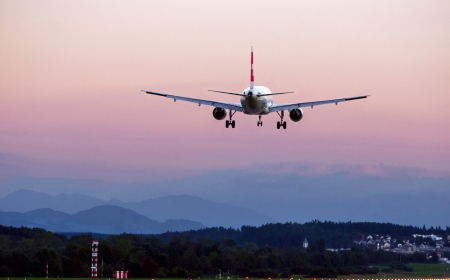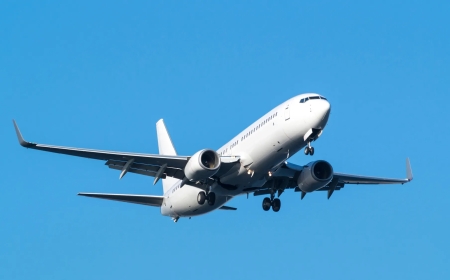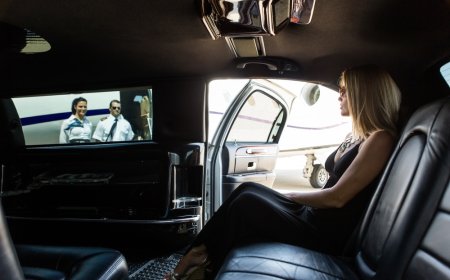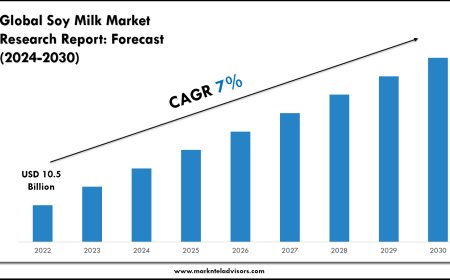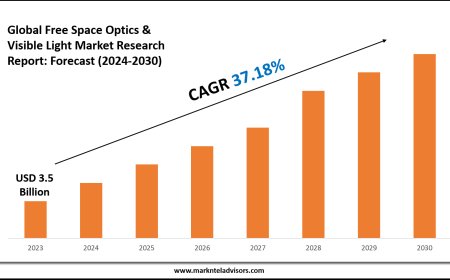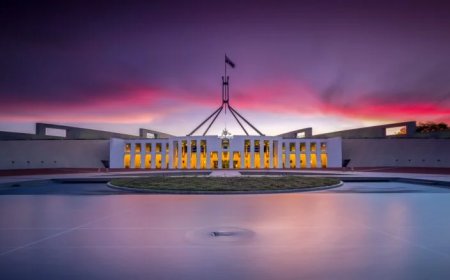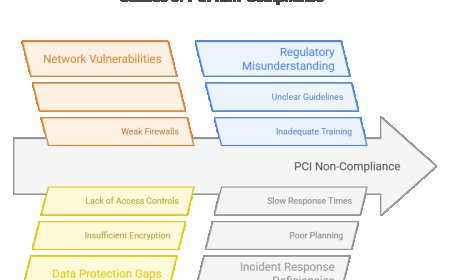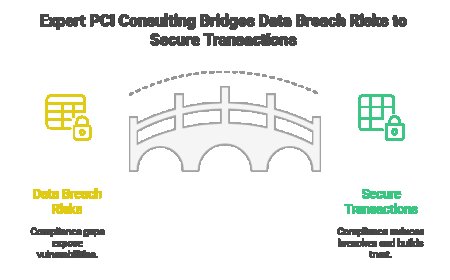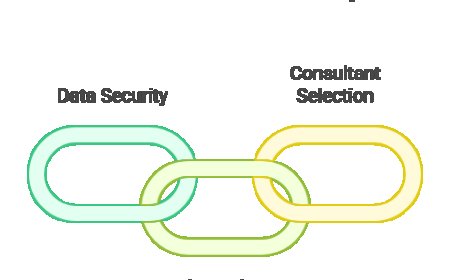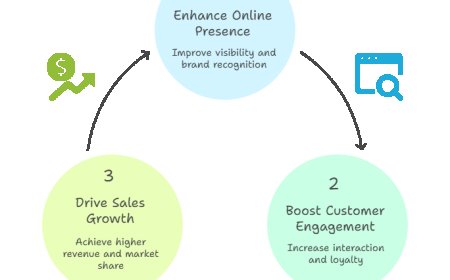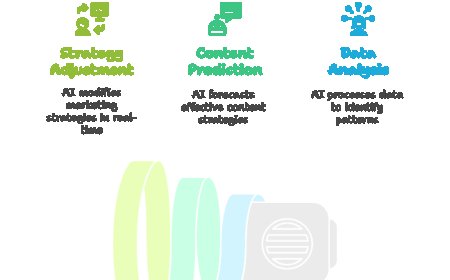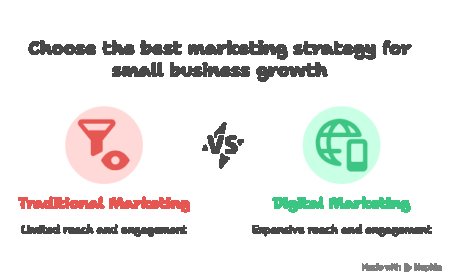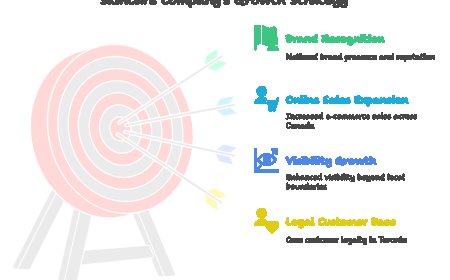Broadcast vs Podcast: A 2025 Industry Analysis

The line between traditional broadcasting and podcasting has blurred in recent years. As we move deeper into 2025, the conversation around broadcast vs podcast is more relevant than ever. Once considered fundamentally different in format, reach, and purpose, the two mediums are now intersecting in ways that redefine how content is created, consumed, and monetized. This forum explores the current dynamics, technological evolution, audience behavior, and the future outlook of both industries in 2025.
Changing Media Habits and Audience Behavior
One of the most significant shifts influencing the broadcast vs podcast debate is how audiences choose to consume content. Traditional broadcasting including radio and television still retains a massive audience, especially among older generations and in specific geographies where live news, sports, and entertainment are essential. However, Gen Z and Millennials have largely migrated to on-demand platforms, and podcasting has become one of the dominant mediums of choice.
Podcasts offer flexibility, niche content, and mobility. People can tune in while commuting, working out, or even falling asleep. Broadcast, on the other hand, still relies heavily on fixed schedules and geographical availability. In 2025, this flexibility continues to tip the scales in favor of podcasting for a growing global audience, even as live broadcasting maintains its foothold in news and emergency coverage.
Technological Advancements Fueling the Shift
The pace of technological advancement is another factor redefining the broadcast vs podcast landscape. Podcast production has become incredibly accessible. With minimal equipment and budget, creators can now produce high-quality audio content and distribute it on global platforms like Spotify, Apple Podcasts, and Google Podcasts. Meanwhile, advancements in AI-driven audio editing tools, transcription services, and smart voice analytics have enhanced the podcast experience both for creators and listeners.
Broadcasting, by contrast, still requires larger teams, licensing, and infrastructural investment. However, it's also evolving. Radio stations and television channels now stream their content online and engage with users via social media, mobile apps, and smart TVs. Yet, the barrier to entry remains significantly higher compared to the low-cost, DIY nature of podcasting.
Monetization Models in 2025
A crucial dimension in the broadcast vs podcast debate is monetization. Broadcast advertising, long reliant on mass reach, continues to be a stronghold for big-budget campaigns. It benefits from established relationships with brands, structured ad slots, and government support in certain sectors like public broadcasting.
Podcasts, however, have developed innovative monetization models in 2025. Subscription-based revenue, branded content, affiliate marketing, and listener-supported platforms like Patreon are now mainstream. Advertisers are also increasingly drawn to podcasts for their hyper-targeted audiences and higher engagement rates. Dynamic ad insertion powered by AI allows for tailored ads based on location, listener preferences, and listening behavior.
Thus, while broadcasting retains a more stable and regulated advertising base, podcasting has shown agility and adaptability that continue to attract both creators and advertisers.
Content Diversity and Audience Reach
Traditional broadcasting still excels in wide audience reach, particularly when it comes to real-time news coverage, large-scale sports events, and live entertainment. National and regional broadcasters reach millions in real time and are backed by decades of brand trust.
Podcasts, in contrast, excel in content diversity. Whether its a series on quantum computing, true crime stories, or local folklore, podcasting allows for micro-niche content that resonates deeply with specific audience segments. In 2025, the average podcast listener is not just a passive consumer but a loyal follower, often engaging with hosts across platforms and participating in community discussions.
This divergence in content approach defines the broadcast vs podcast distinction one aims for scale, the other for depth. And in today's fragmented media landscape, both have their place, depending on the audience and objective.
Regulation and Platform Control
In terms of governance and control, broadcasting is still under the purview of national and international regulatory authorities. Governments enforce content standards, licensing requirements, and advertising limits. These ensure quality but also introduce layers of compliance that can slow down innovation.
Podcasting, meanwhile, operates in a more decentralized ecosystem. Although platforms like Spotify and Apple Podcasts have begun to introduce content guidelines, there is still relatively low regulation. This enables creative freedom but also raises concerns around misinformation, content quality, and accountability.
In 2025, new conversations around regulation of podcasts have emerged, especially in light of global misinformation trends. This evolving regulatory landscape is set to further influence the broadcast vs podcast debate in the years ahead.
The Future of Audio and Video Media
Looking ahead, the convergence of these two formats seems inevitable. Broadcasters are increasingly launching podcast versions of their shows, while podcasters are experimenting with live streaming and multimedia formats that resemble traditional broadcasts. Hybrid models like live podcast recordings with real-time audience interaction are bridging the gap.
Media education and professional training programs are also beginning to treat broadcast vs podcast not as rivals, but as complementary forms of storytelling. In an age where personalization and presence are paramount, both mediums offer unique advantages.
Conclusion: Coexistence, Not Competition
As of 2025, the conversation around broadcast vs podcast is no longer about which medium is superior. Instead, it is about understanding how each fits into the broader media ecosystem. While broadcasting continues to provide scale, trust, and real-time connection, podcasting offers personalization, creative freedom, and community-driven content.
For content creators, marketers, and media professionals, the key is not to choose one over the other but to leverage both in a cohesive strategy. The future belongs to those who can blend the immediacy of broadcasting with the intimacy of podcasting crafting content that resonates in both mass and niche dimensions.





